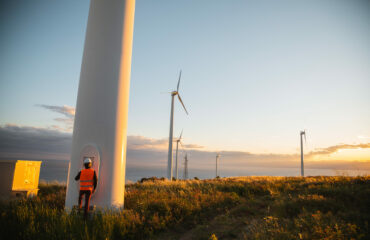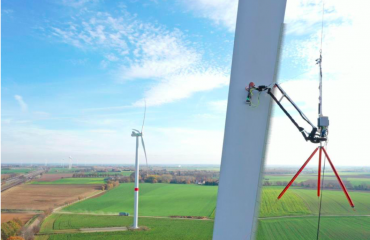
The COVID-19 crisis did not stop the solar wave that was unleashing in Italy and Gianni Silvestrini, Renewable energy expert and Scientific Director of the Kyoto Club, provides us with insightful information on the green wave upon which Italy is increasing the solar capacity by 2030.
According to the “Renewables 2020” IEA report, in the first half of this year, the new installations increased by 12% compared to the same period of 2019, with 0.8 GW of new installed capacity in 2020: as of October 2020, 37.000 storage systems have been connected with photovoltaics plants throughout the country.
On top of the conquers of this year and despite the harsh crisis, after years of stationary growth, the market is forecasted to rapidly skyrocket. How?
The National Energy and Climate Plan (PNIEC, find the article related to it here) was discussed in Brussels at the beginning of 2020, in which the authorities settled a PV target of 52 GW to be reached by the end of 2030.
Currently, Italy has around 21 GW installed in solar capacity, however, the ambitious European GHG reduction framework to be achieved by 2030, requires a reduction of 55% compared to 1990. These requirements will influence the Italian targets, that have been set before this modification.
According to the recent study of the Energy Strategy Group of Politecnico di Milano, the experts set the expectations for new solar installations, which should reach the value of 68 GW by 2030. This means an incredible acceleration in project development.
In the period 2023-2030, the average additional capacity in Italy is forecasted to be in the order of 5 GW per year.
Such an ambitious growth will only be achieved with a serious simplification for the authorizations procedures and regulative new frameworks. For example, Agrivoltaic plants, solution that would allow agricultural cultivation under PV trackers and offshore wind farms are some of the solutions that are collecting rising interest, from both the financial community and environmental groups. Among the other options already investigated, the adoption of the Energy Communities could facilitate the renewable diffusion among the society on a local level.
According to a study prepared by Elements for Legambiente, the contribution of the Energy Communities could reach 17 GW of new renewable energy capacity by 2030, covering about 30% of the increase in green energy expected by the PNIEC in order to achieve the new European decarbonisation targets.
The first limited application for systems up to 200 kW is now possible. A ministerial decree, dated on the 16th of November 2020, anticipated on an experimental basis the transposition of the European directive RED 2, that will allow for a larger diffusion of the Energy Communities in Europe.
The author – Gianni Silvestrini is an expert in energy efficiency since 1983 at the Italian National Research Council and the Polytechnic University of Milan. At Polimi, he launched the Master Degree RIDEF– Reinventing energy, partnering with numerous energy lead companies to build the future generation of professionals in the energy sector. He has covered institutional roles as the General Director at the Ministry of Environment and as Energy Advisor for the Ministry of Economic Development. He is the scientific director of the Kyoto Club, of Qualenergia.it, KeyEnergy and president of Exalto.
Green Dealflow is a global matchmaker in renewable energy: we connect asset owners with trustworthy investors in wind and solar industry, all around the world. Create a free account today and stay updated on new projects and the latest renewable energy news and trends!


